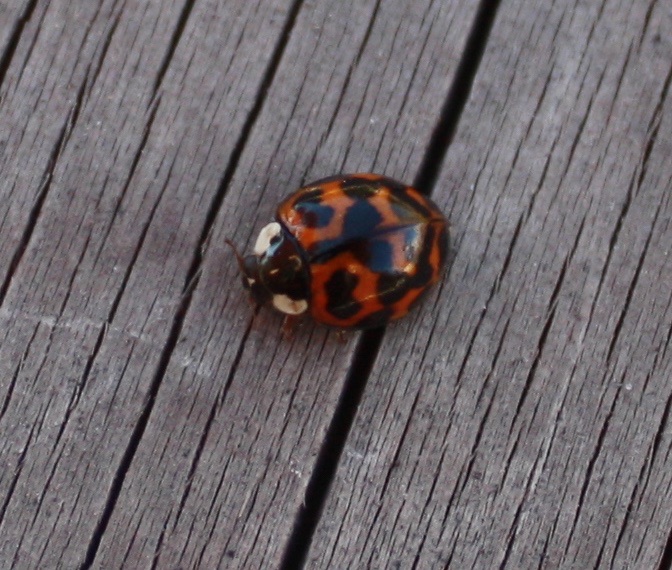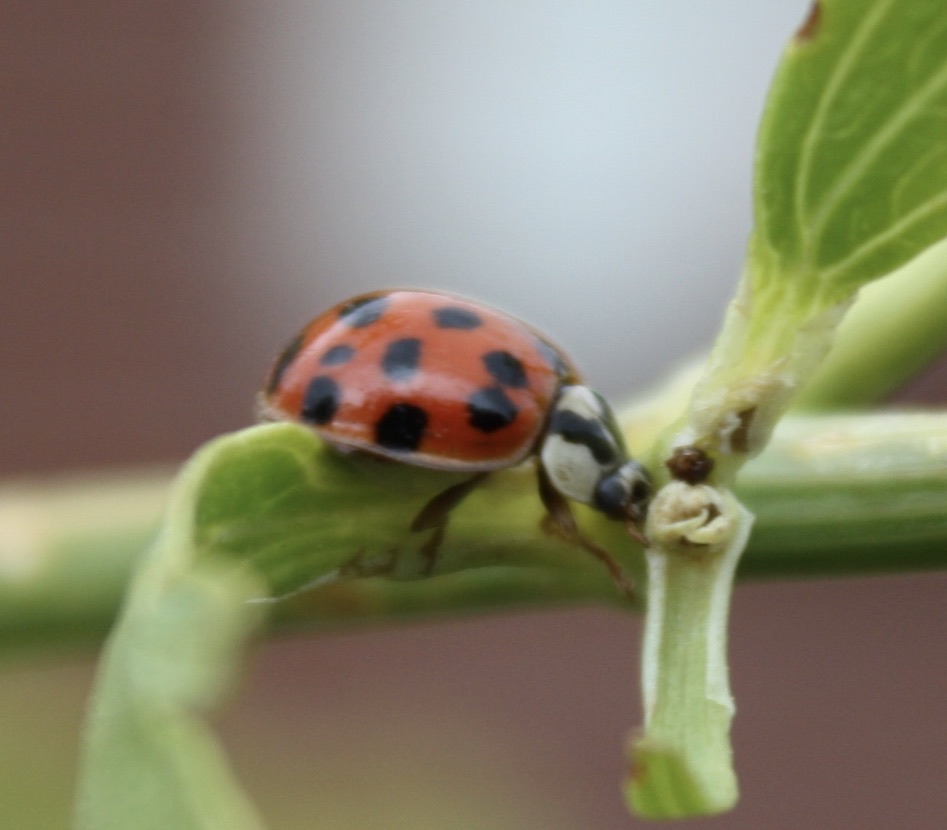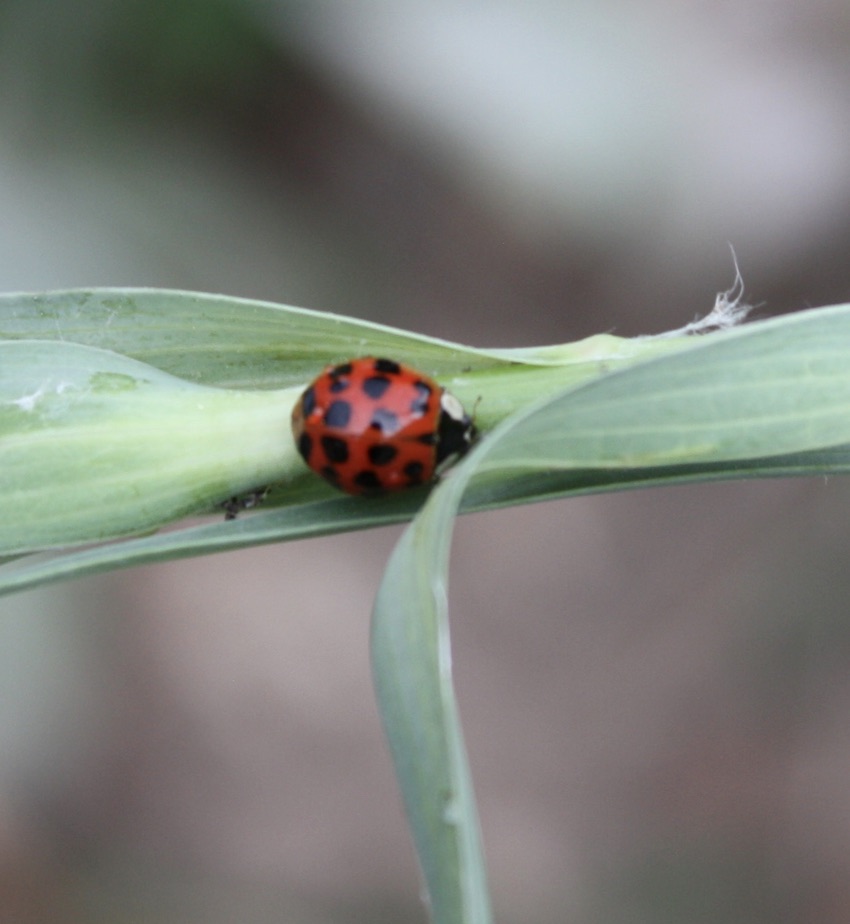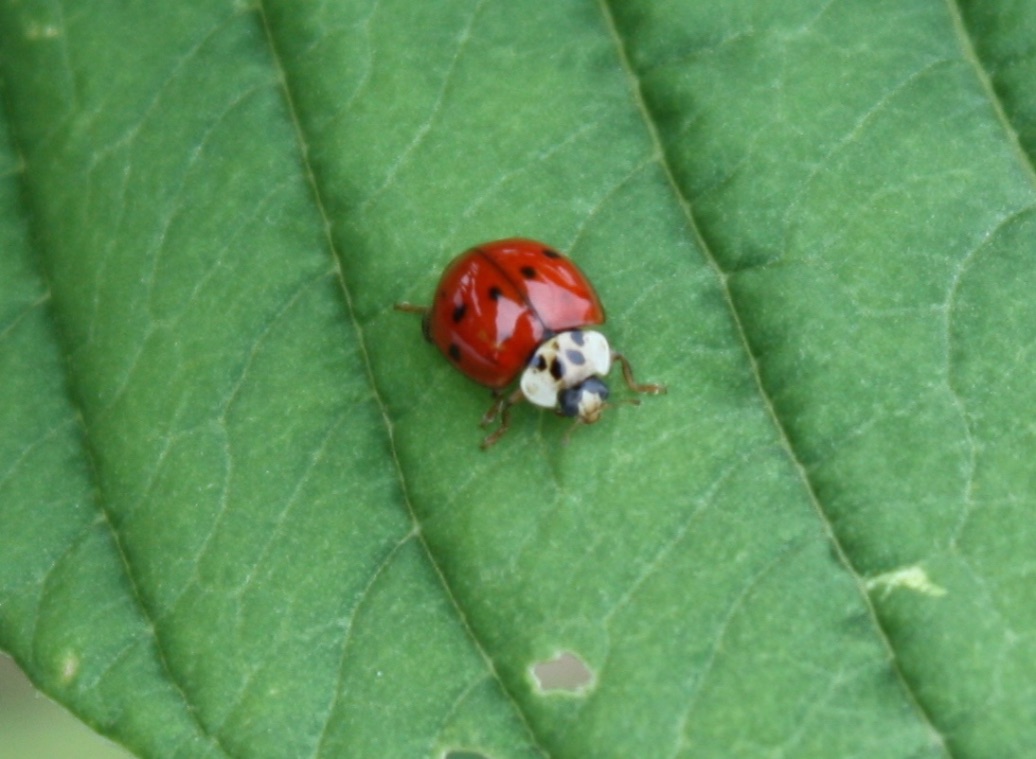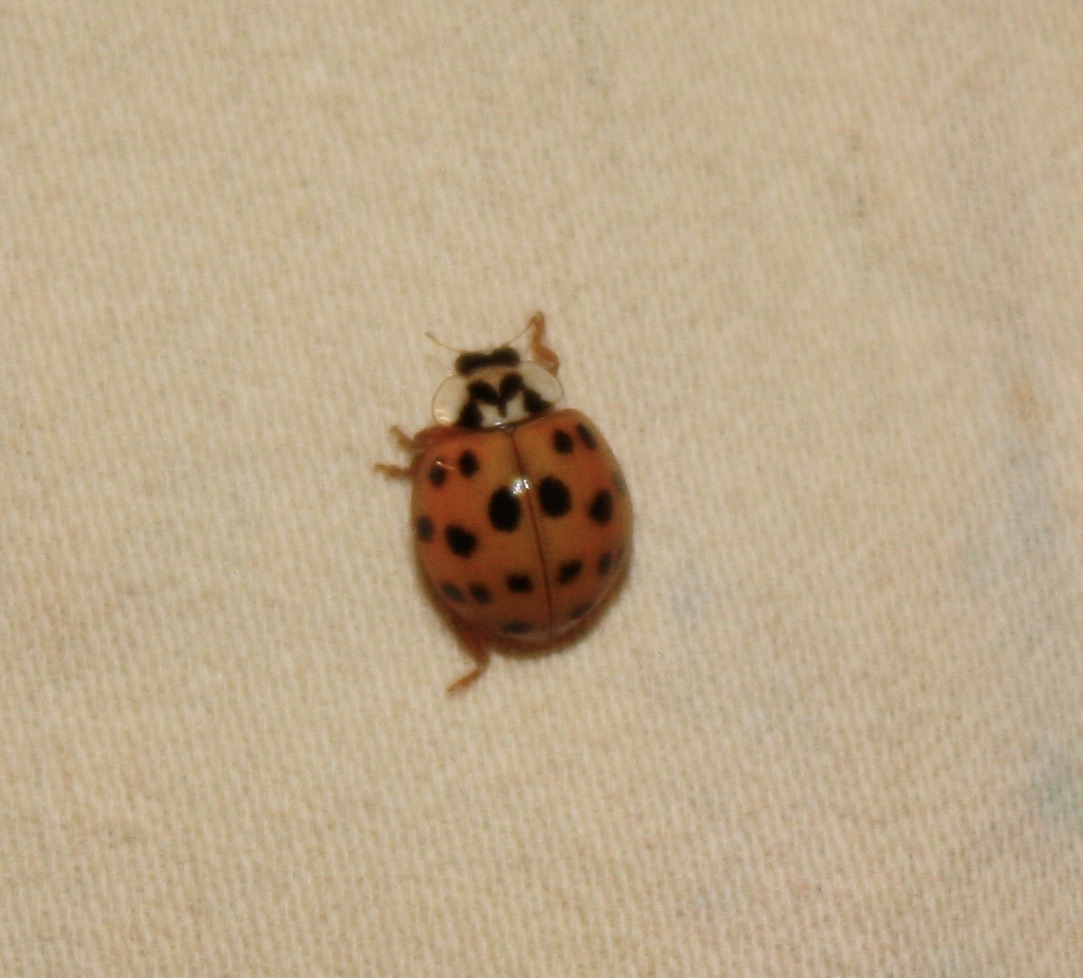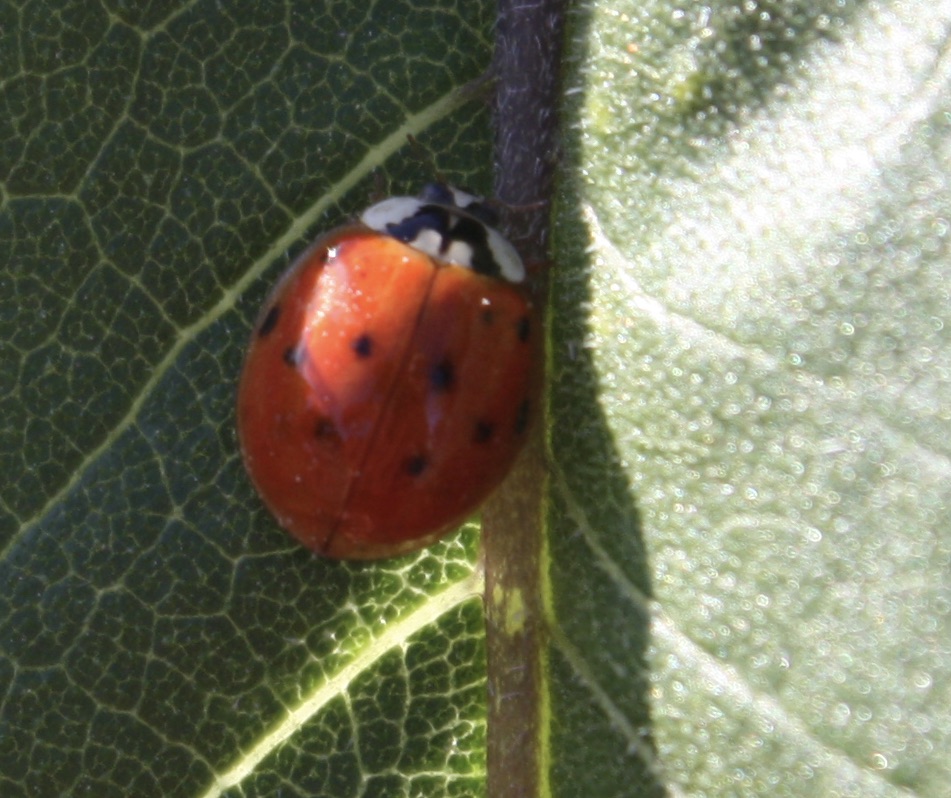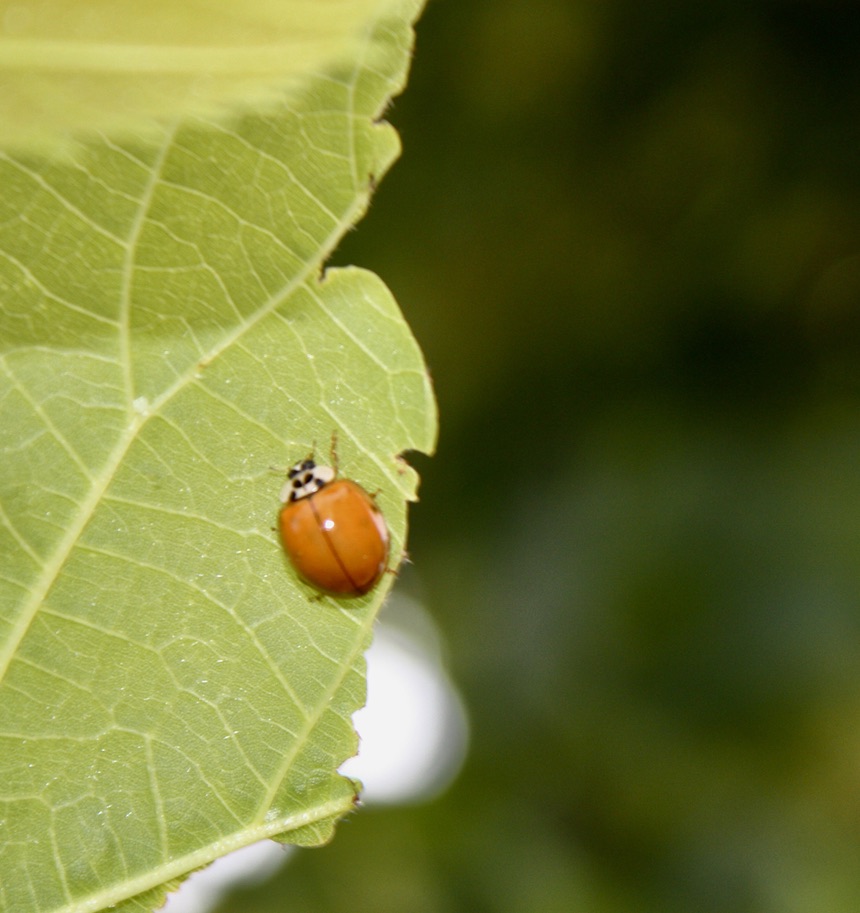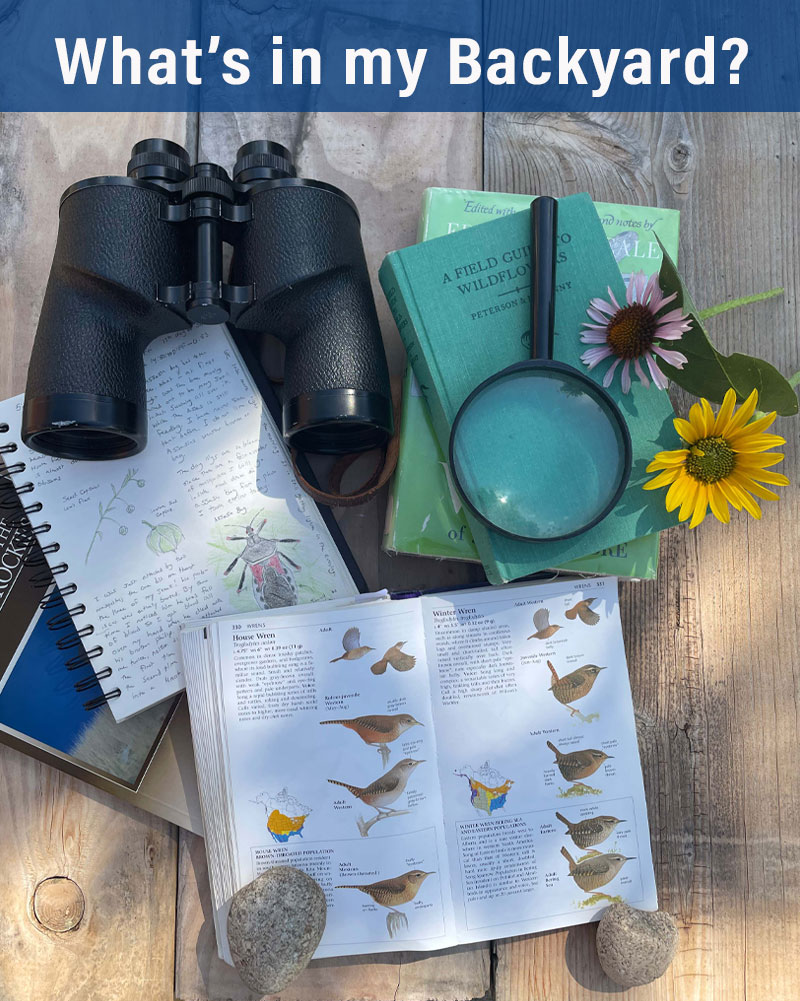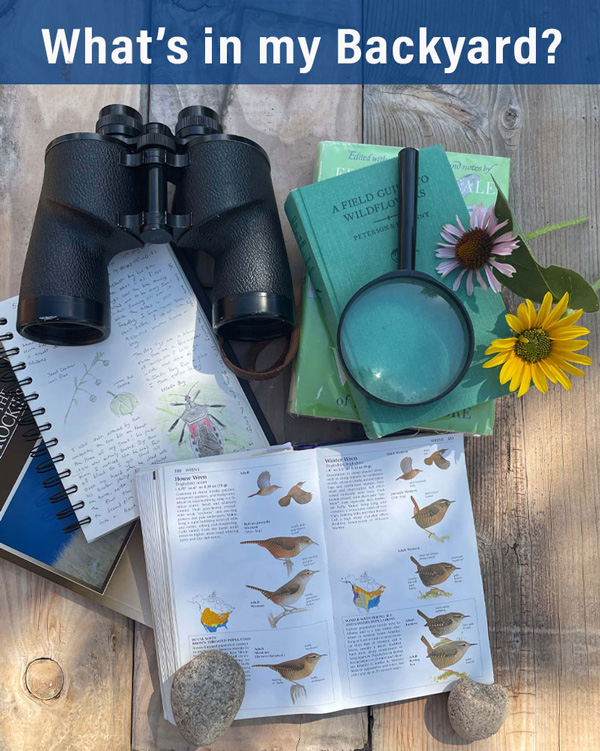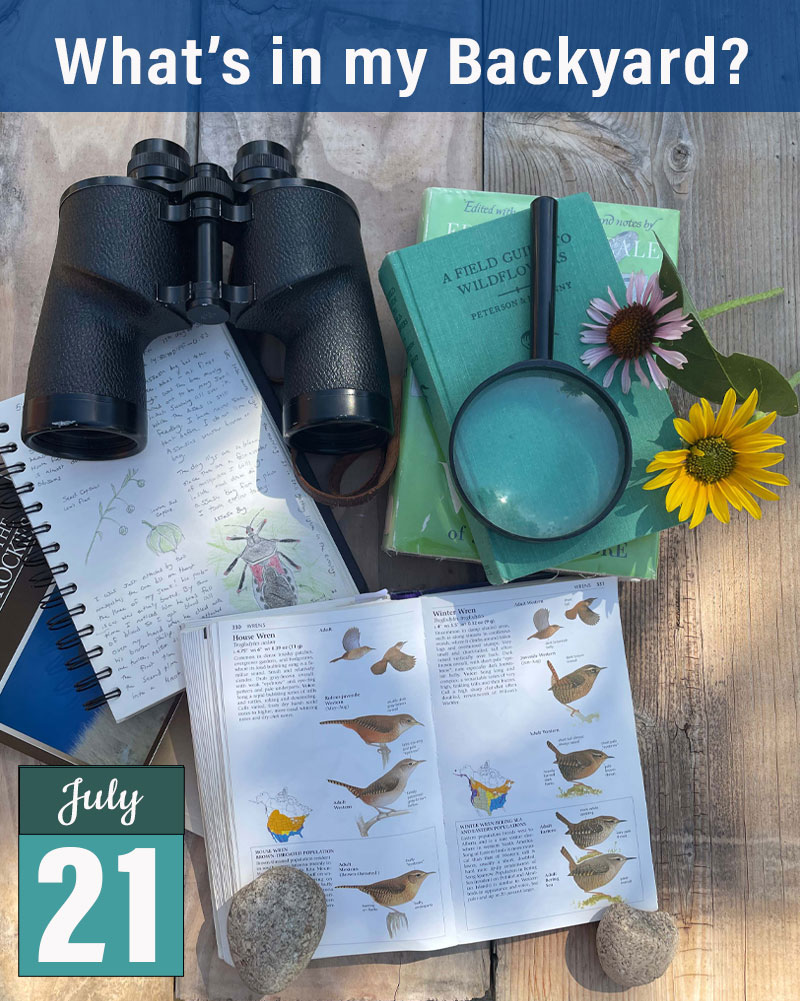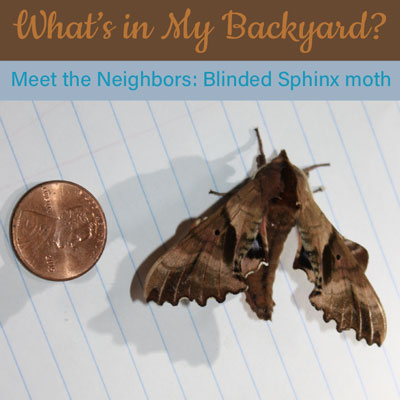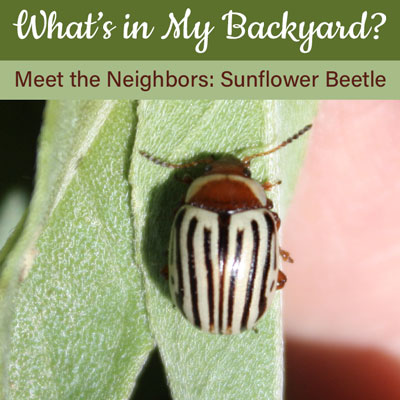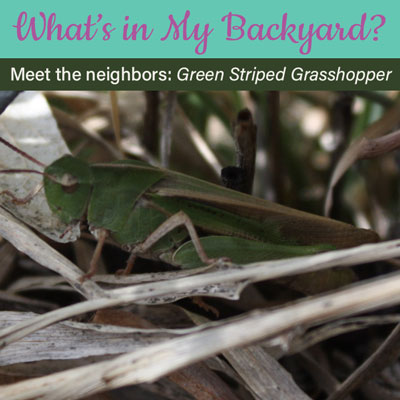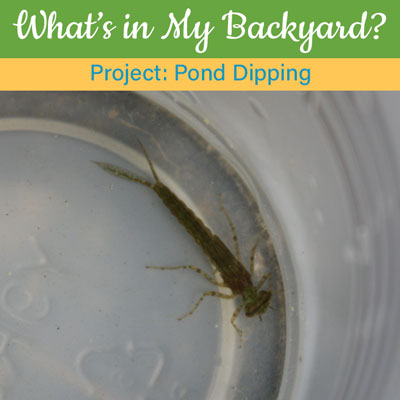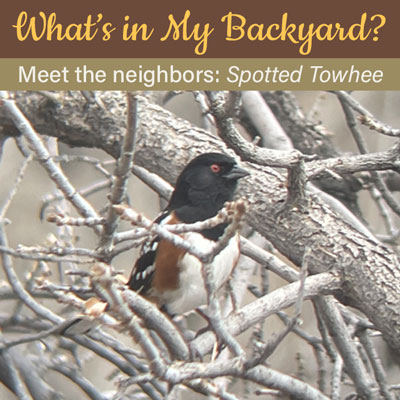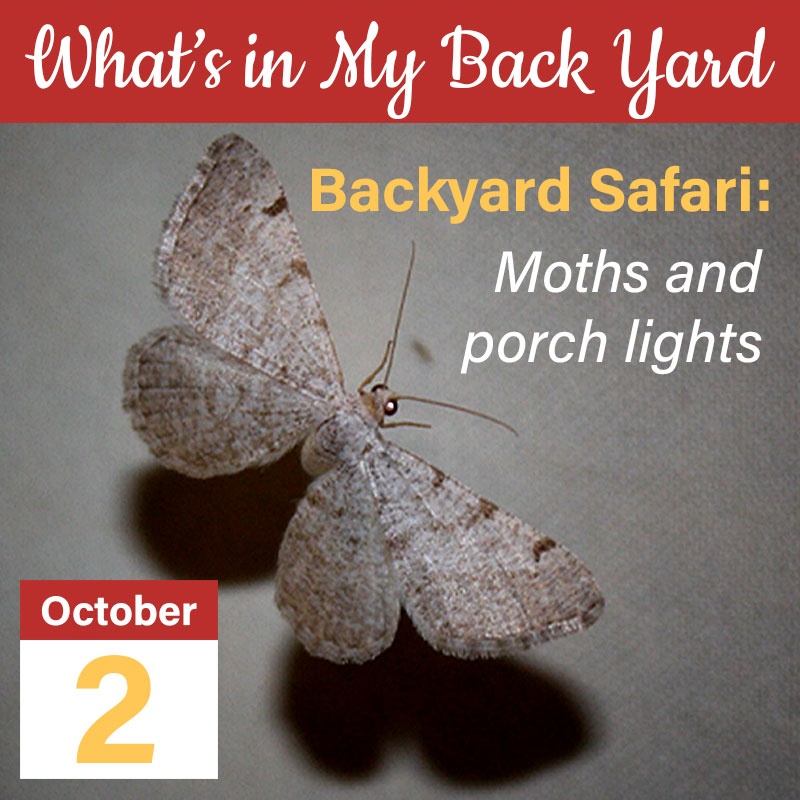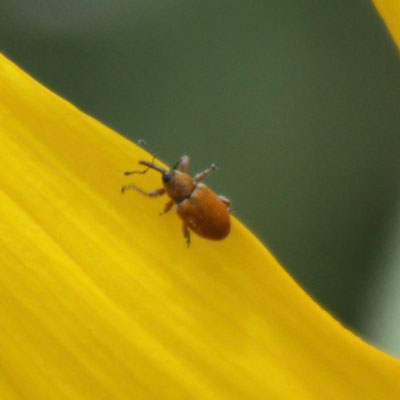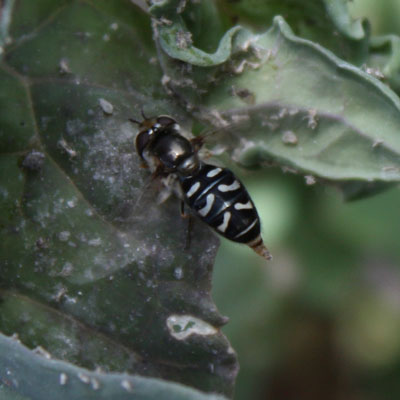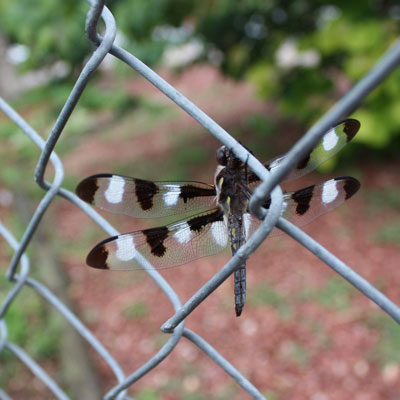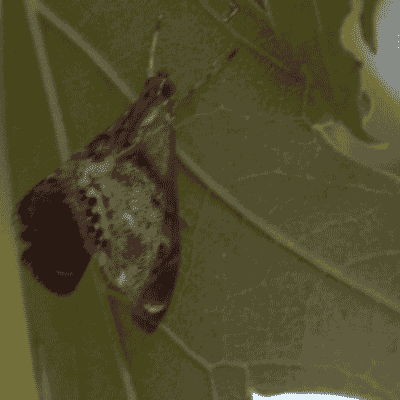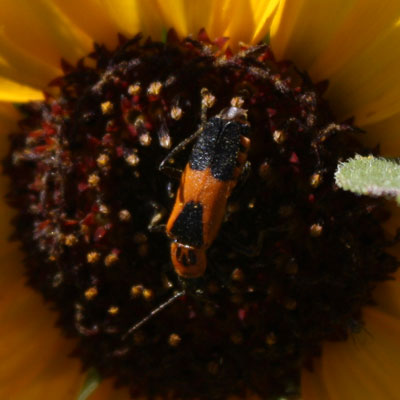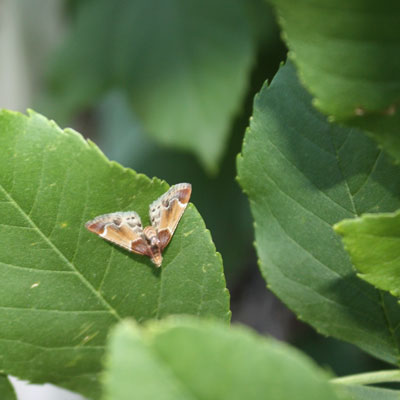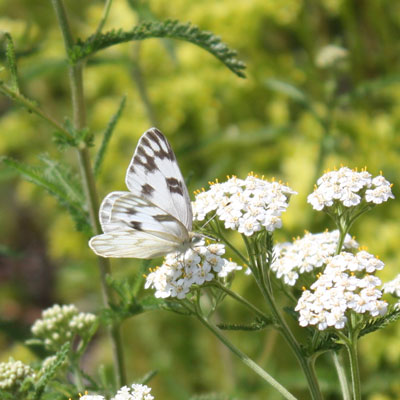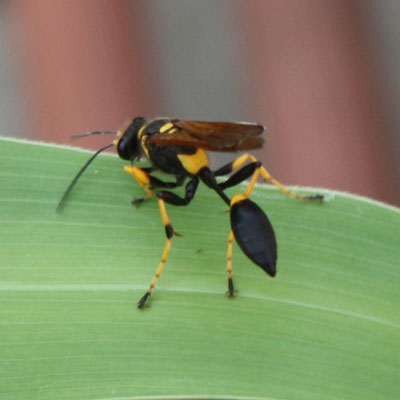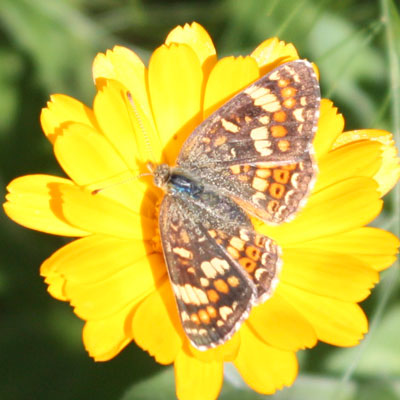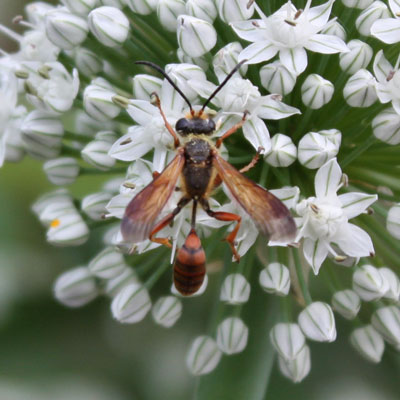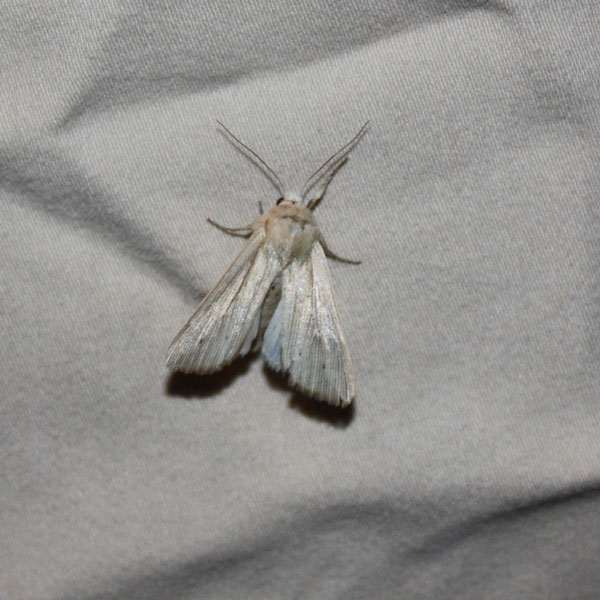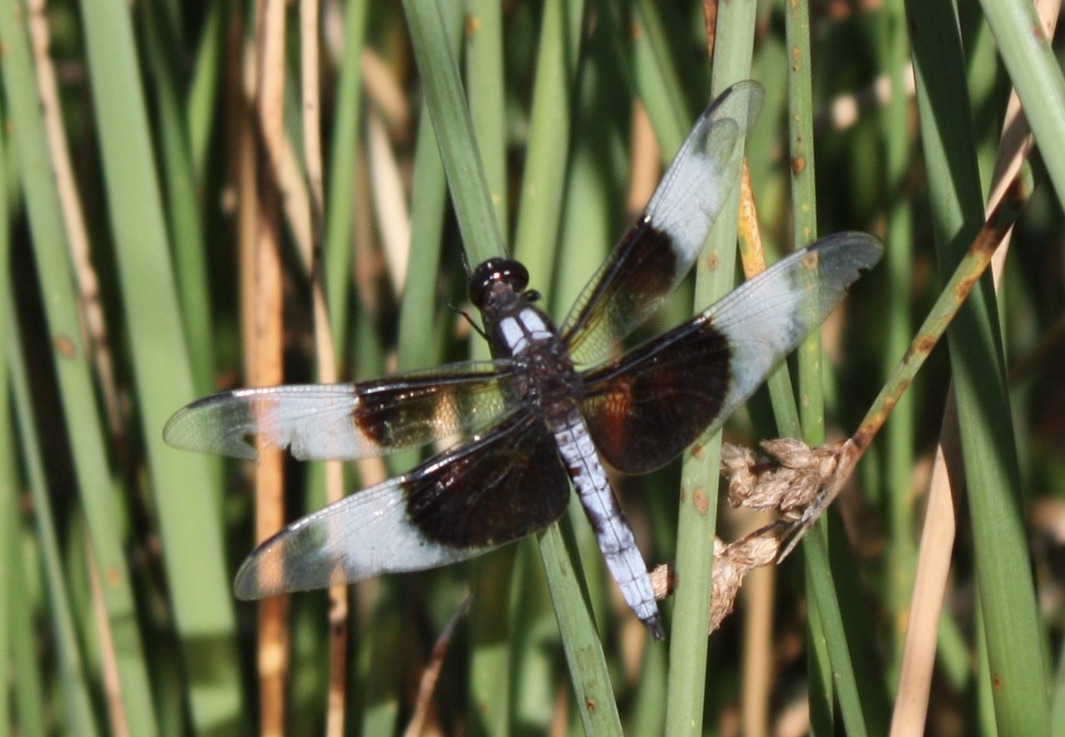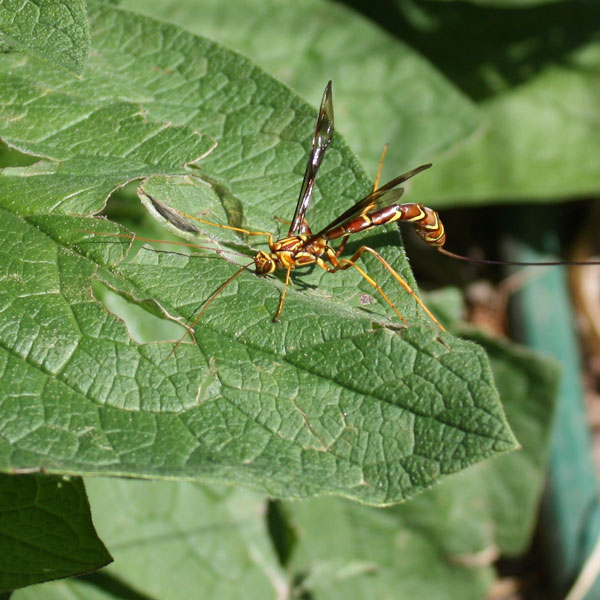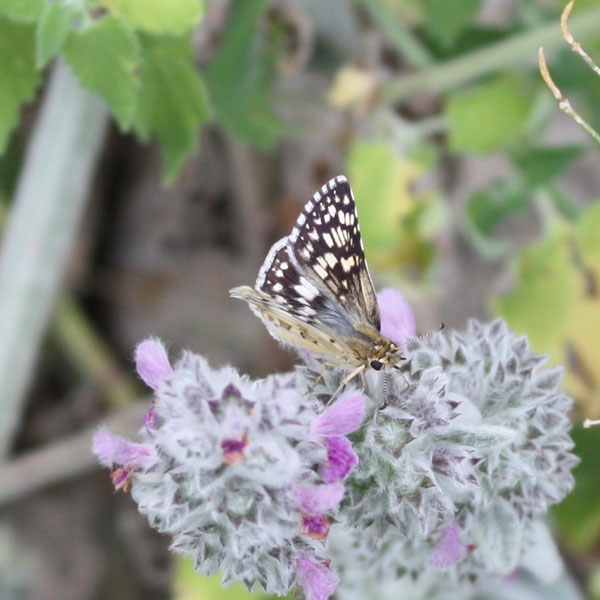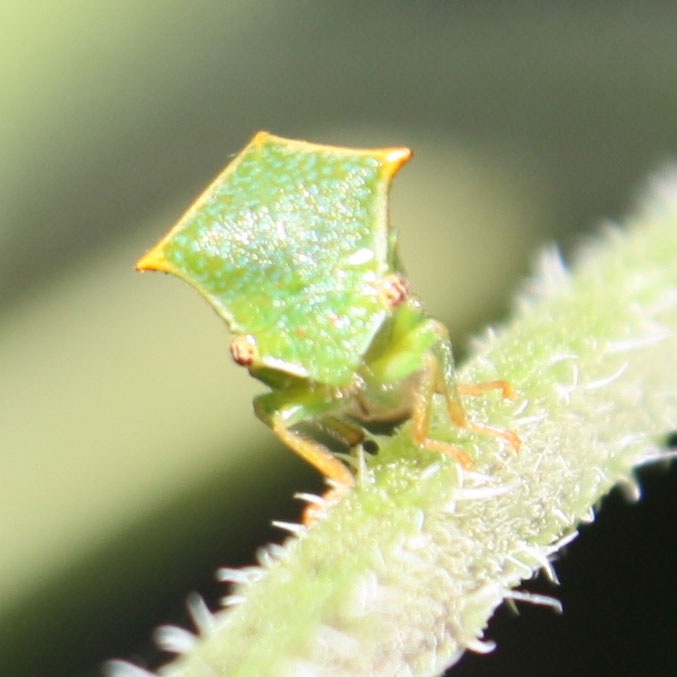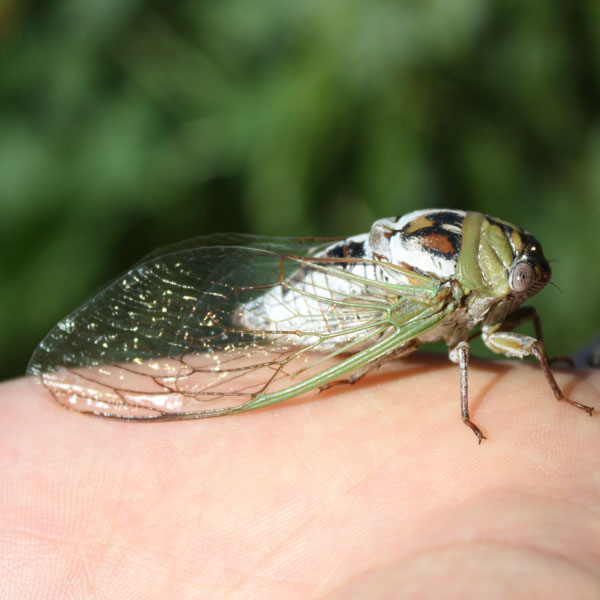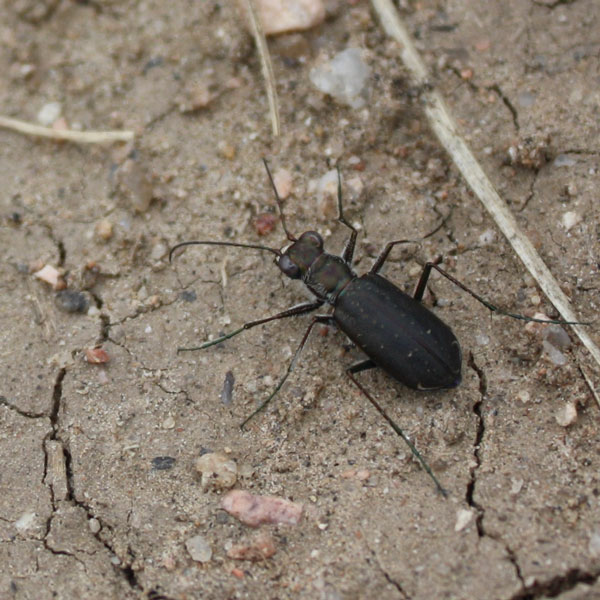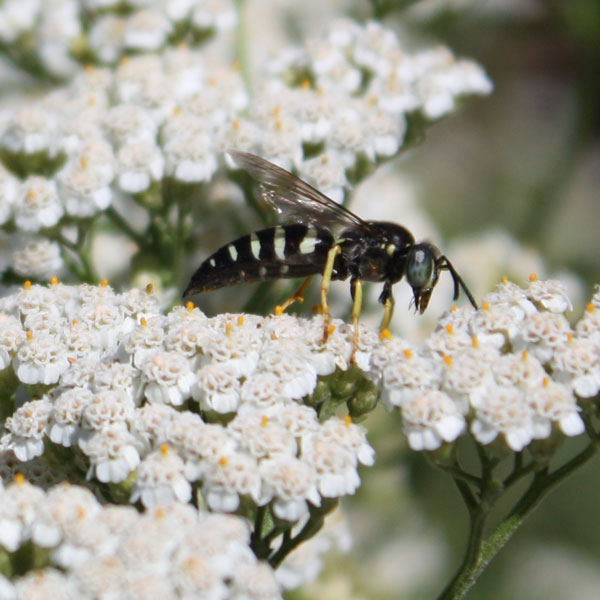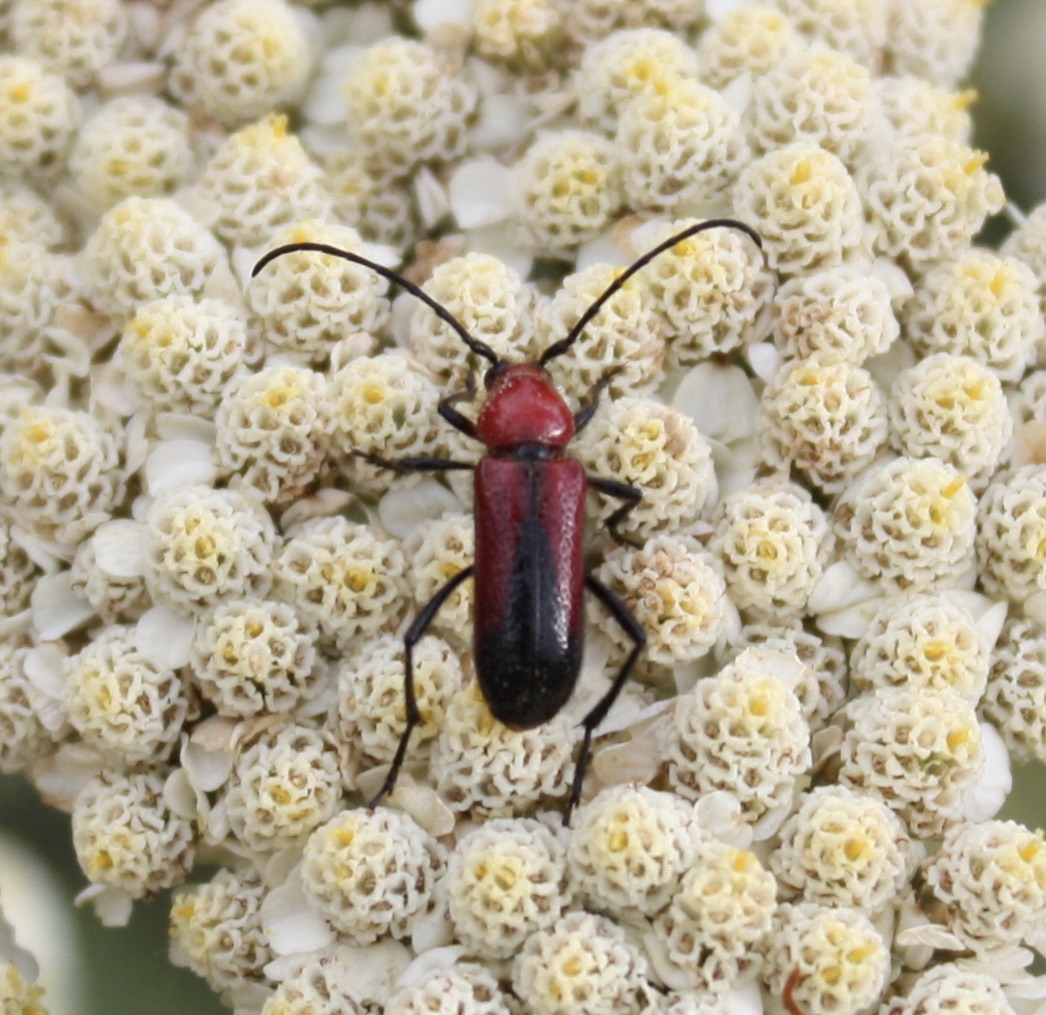Meet the Neighbors: Asian Lady Beetle
For the introduction to this series, see here.
Meet one of the most variable creatures you will find in your yard. This beetle comes in a wild array of patterns and shades. Some have as many as 22 spots and some have none at all. Some have spots that look like stripes or checkers. They can be orange or red or sometimes even black! How can you tell that they are all the same species and tell them apart from the native species? It can be hard but one way is to look at the pronotum, the broad “shield” behind the head. Most Asian Lady Beetles have markings that look like the letter M on their pronotum. Sometimes the M looks like it has been all colored in and looks more like a black triangle and in others it looks more like an M in a connect-the-dots puzzle. None of the native lady beetles have these M markings. As you can tell from its name, this beetle originally lived only in Asia but now is widespread in many parts of the world. It is so successful that it often drives native lady beetles out of an area. As well as having many different patterns and colors, this beetle has many different names. When it first appeared in England the news jokingly called it, “The many-named ladybird.” Some of its many names are Multivariate Lady Beetle, Southern Lady Beetle, Japanese Lady Beetle, Asian Lady Beetle, Halloween Lady Beetle, Harlequin Ladybird Beetle, and Pumpkin Ladybug. It is called the Halloween Lady Beetle as it often comes into houses in late October looking for a place to hibernate.
A fun project is documenting all the patterns you see in your area. You could draw them in your journal or take pictures of them. This is a good time of year to find the many-named ladybird in your yard (or maybe in your house).
